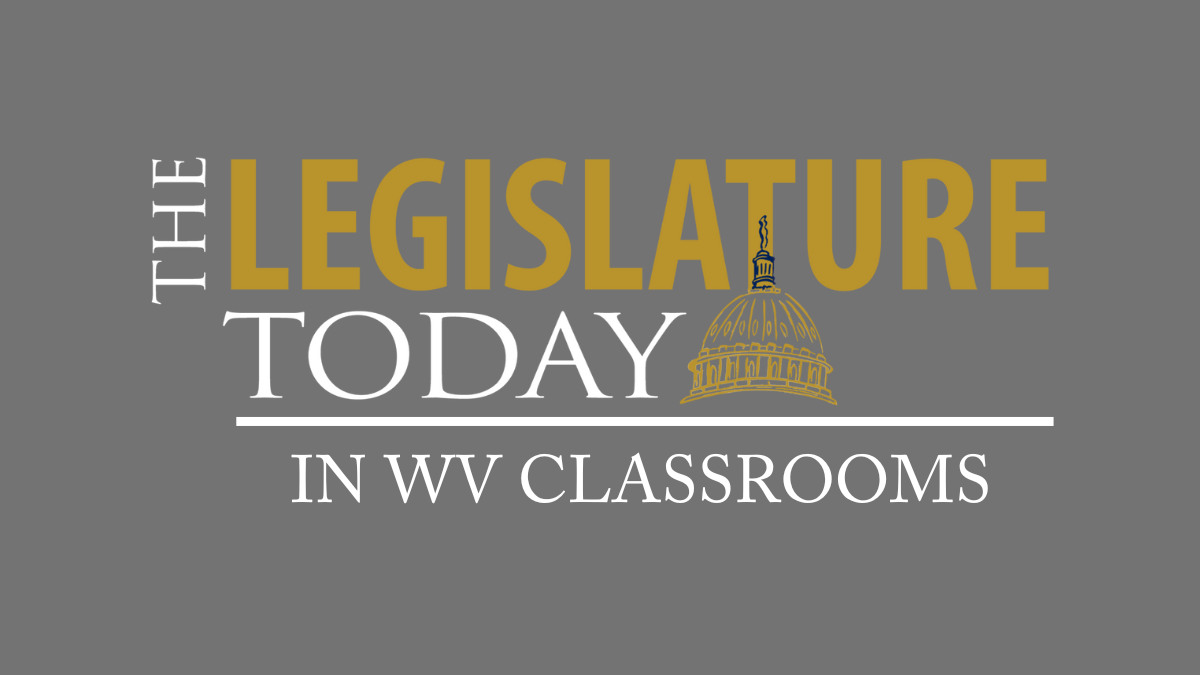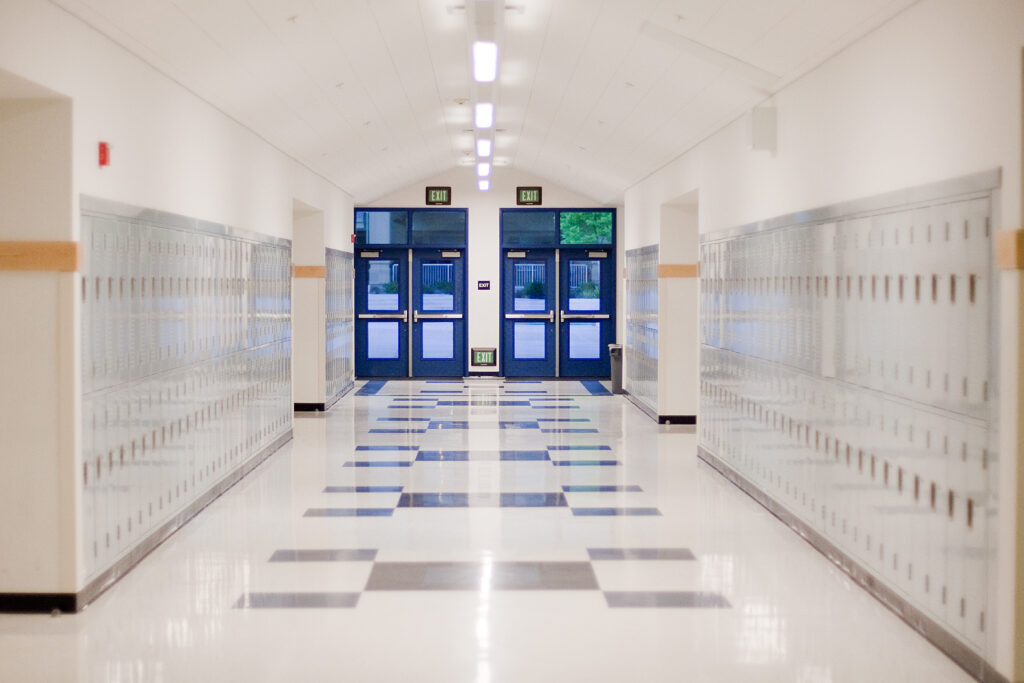West Virginia students are struggling to achieve proficiency in basic academic skills like reading and math, according to national test scores in recent years. One possible contributing factor: chronic absenteeism. A new law hopes to address the issue this fall.
Chronic absenteeism is defined as missing 10 percent or more of the school year. In West Virginia, that adds up to at least 18 days, or almost a full month, of missed instruction. It could be 18 days in a row or just two days a month across the school year.
The West Virginia Department of Education (WVDE) distinguishes chronic absenteeism from truancy by its focus on all absences from school, whereas truancy traditionally focuses on unexcused absences. Chronic absenteeism also emphasizes learning loss and the academic impact of missed days.
At a meeting of the West Virginia Senate Education Committee in February, state Superintendent of Schools Michele Blatt laid out the problem for legislators.
“We have about 34-35 percent of our students that are chronically absent,” she said. “When you’re missing one to three days a month out of instruction, you’re not only getting behind yourself, but that our teachers are having to struggle to catch that child up or continuing to move forward with the rest of the class. So it has a huge impact on the achievement really, of all students in the school, when we’re dealing with these chronic absenteeism issues.”
Blatt presented those insights as part of a discussion on Senate Bill 568, which requires schools to establish meaningful contact with parents or guardians after just one unexcused absence. It ultimately passed, but not until most schools were on summer break, so it won’t be tested until the fall.
One big change: Schools won’t wait to get the details of an absence. If a student is out without a valid excuse, the family gets a call immediately.
“It frees up our attendance directors, counselors, social workers and those people in our counties to truly focus on what’s causing this chronic absenteeism issue and what are the things that we need to put in place,” Blatt said. “So much time in the past has been tracking whether it’s an excused or unexcused absence, and the bottom line is if they’re not there, they’re not getting instruction.”
The bill also requires schools create a System of Support Plan, or SOS, to encourage students to attend school.
Stacey Losh, a coordinator in the office of district and school improvement for the state Department of Education, said the goal of every school is to create an environment where kids want to be.
“That it is a safe environment, that it is a positive environment that is conducive for all students’ learning,” she said. “These are interventions that don’t just impact attendance, they will impact learning, they’ll impact behavior. This plan that the schools have been asked to create, we’ll take a look at, how do we create that environment?”
Losh said each school’s approach to absenteeism will have to be tailored to their needs with the support of a local team and the state Department of Education. The important message of chronic absenteeism is that students are missing instructional time.
“I’ve said this to these instructors, I say this to principals, no one can do this alone,” Losh said. “This is heavy work and this is a lot, and there’s a lot that goes on in school. Universal, what we’re working on right now is positive messaging about attendance and motivational strategies to get kids, you know, what motivates them to be there.”
The plan must also communicate to parents and guardians the importance of attendance and the seriousness of failing to do so.
That part may be the key. A recent NPR/Ipsos poll shows only 6 percent of parents surveyed identified their child as chronically absent, compared to a national average of 30 percent chronic absenteeism. In the same poll, only 5 percent of parents surveyed identified chronic absenteeism as a major concern.
Tom Williams, superintendent of Kanawha County Schools and the state’s largest school district, said he sees the issue of student motivation in his schools.
“I don’t know that everyone values education,” Williams said. “It’s almost sometimes I think, taken for granted by some folks. And it shouldn’t be. It’s a right, but it’s also a privilege in my mind.”
Williams said another factor is that during the COVID-19 pandemic students and teachers grew accustomed to accessing materials online. Now he said teachers are being encouraged to make it harder for students to access materials outside of the classroom.
“During COVID, we had to put everything online and our teachers got used to doing that,” Williams said. “We’re dialing that back significantly so that it’s necessary to come to school, rather than to go online and check and see what your assignments are. Nothing beats face-to-face interaction with a teacher.”
One change SB 568 made is to allow attendance directors to make legal complaints to magistrates if a student has 10 or more unexcused absences.
Sen. Jay Taylor, R-Taylor, is the lead sponsor of SB 568. He said the legal complaints simply give communities another tool to address absenteeism in the form of the courts.
“Some of them were actually coming to me and saying, ‘Hey, we can’t be involved, the way this law is structured, our hands are tied.’” Taylor said. “So just giving them this ability to be involved, the ones that see that opportunity where we felt that like, ‘Okay, we can be making a difference here,’ if they see something that they can do.”
But there is concern about further involving the legal system in schools and possibly criminalizing parents.
“I think it’s really a last resort,” Williams said. “Taking parents to court, when maybe it’s a single mother, and she has to work 12 hour shifts to feed the kids and she’s not home when it’s time to go to school, there’s just so many things that you have to look at before, you know, the courts come into play, I think.”
Taylor said that’s the motivation some serious cases may need.
“This gives them teeth, this gives them the power,” Taylor said. “Whereas just the administrator at the school has to be the nice guy. And they’re powerless. They can’t do something to say, hey, you have to do this, whereas the judge, and the prosecutors, they actually do have the power and the teeth. So it’s the proper place to have it.”
For now, students can enjoy their summer break. But in about seven weeks, administrators across West Virginia will see if this new approach can keep students in school and learning.






















 Adobe Stock/M. Ireland Photography
Adobe Stock/M. Ireland Photography
